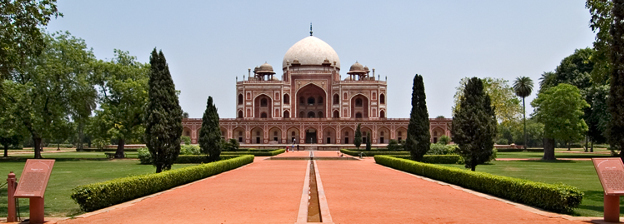

The earliest medical writers extant are Charaka and Susruta. We do not know the date of either Iv. of them; but there is a commentary on the second and later of the two, which was written in Cashmir in the twelfth or thirteenth century, and does not seem to have been the first508.
These authors were translated into Arabic, and probably soon after that nation turned its attention to literature. The Arab writers openly acknowledge their obligations to the medical writers of India, and place their knowledge on a level with that of the Greeks. It helps to fix the date of their becoming known to the Arabs, to find that two Hindus, named Manka and Saleh, were physicians to Harun al Rashid in the eighth century509.
Their acquaintance with medicines seems to have been very extensive. We are not surprised at their knowledge of simples, in which they gave early lessons to Europe, and more recently taught
us the benefit of smoking datura in asthma, and the use of cowitch against worms: their chymical skill is a fact more striking and more unexpected.
They knew how to prepare sulphuric acid, nitric acid, and muriatic acid; the oxide of copper, iron, lead (of which they had both the red oxide and litharge), tin, and zinc; the sulphuret of iron, copper, mercury, antimony, and arsenic; the sulphate of copper, zinc, and iron; and carbonates of lead and iron. Their modes of preparing those substances seem, in some instances, if not in all, to have been peculiar to themselves510.
Their use of these medicines seems to have been very bold. They were the first nation who employed minerals internally, and they not only gave mercury in that manner, but arsenic and arsenious acid, which were remedies in intermit-tents. They have long used cinnabar for fumigations, by which they produce a speedy and safe salivation.
Their surgery is as remarkable as their medicine, especially when we recollect their ignorance of anatomy. They cut for the stone, couched for the cataract, and extracted the foetus from the womb, and in their early works enumerate no less than 127 sorts of surgical instruments511. But their instruments were probably always rude. At present they are so much so, that, though very
successful in cataract, their operations for the stone are often fatal.
They have long practised inoculation; but still many lives were lost from small-pox, until the introduction of vaccination.
The Hindu physicians are attentive to the pulse and to the state of the skin, of the tongue, eyes, &c., and to the nature of the evacuations; and they are said to form correct prognostics from the observation of the symptoms. But their practice is all empirical, their theory only tending to mislead them. Nor are they always judicious in their treatment: in fevers, for instance, they shut up the patient in a room artificially heated, and deprive him, deprive of food, but drink.
They call in astrology and magic to the aid of their medicine, applying their remedies at appropriate situations of the planets, and often accompanying them with mystical verses and charms.
Many of these defects probably belonged to the art in its best days, but the science has no doubt declined; chemists can conduct their preparations successfully without having the least knowledge of the principles by which the desired changes are effected; physicians follow the practice of their instructors without inquiry; and surgery is so far neglected, that bleeding is left to the barber, bone-setting to the herdsman, and every man is ready to administer a blister, which is done with the juice of the euphorbium, and still oftener with the actual cautery.
508. Most of the information in this chapter is taken from an essay on the antiquity of the Indian materia medica, by Dr. Royle, Professor of King’s College, London. The additions are from Ward’s Hindoos (vol. ii. p. 337, &c.), and Mr. Coats, Transactions of the Literary Society of Bombay, vol, iii. p. 232.
509. Professor Dietz, quoted by Dr. Royle, p. 64.
510. See Dr. Royle, p. 44., who particularly refers to the processes for making calomel and corrosive sublimate.
511. Dr. Royle, p. 49.
This collection transcribed by Chris Gage![]()
